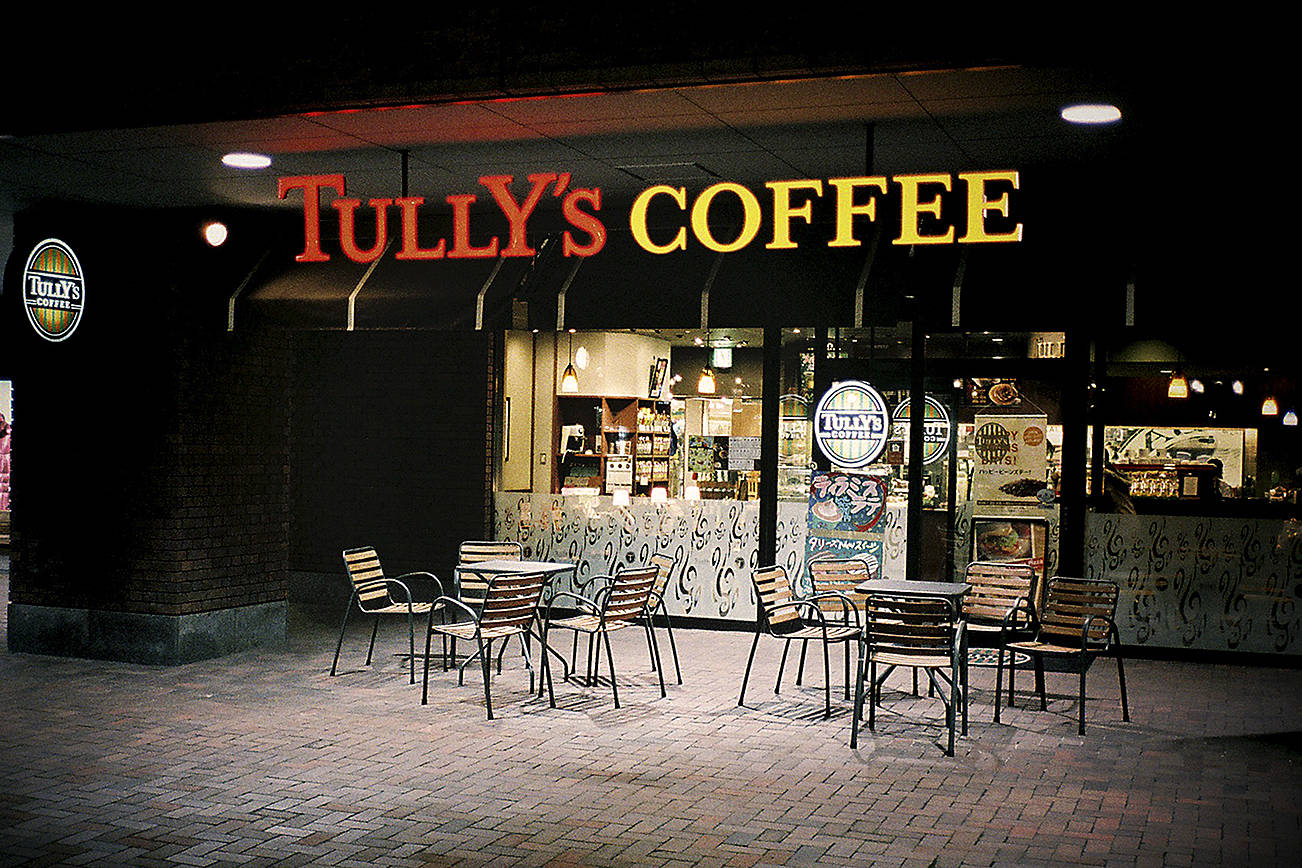SW: That sinking feelingWas it something we said, Gov. Gregoire? It’s a politician’s natural inclination to try to undermine the press, but dis’ is ridiculous. The historic National Building on Western Avenue, home to Seattle Weekly, could experience that sinking feeling if your preferred deep-bore tunnel is built, according to the state’s draft environmental impact statement released last week. This appears to be the first time the state has detailed the potential surface damage downtown that, as it turns out, could range from structural cracking to the actual collapse of at least one of our neighboring Pioneer Square buildings.Here’s what the study says about the Western Building, also known as the Art Building at 619 Western a few blocks away from the Weekly:Because of the existing poor structural condition of the Western Building, the estimated settlement of 2.4 inches or more if unmitigated may cause further extensive structural damage. Measures to protect the building may not prevent the need for – and may require – demolition to avoid the possibility of collapse. Similarly, the nearby Polson Building (61 Columbia) “may also experience an estimated 2.225 inches of settlement, if unmitigated. However, this building is in good structural condition and protective measures prior to construction, along with high levels of monitoring during construction, would prevent major structural damage, and the remaining structural and aesthetic damage could be repaired.”Altogether 12 buildings within the Pioneer Square Historic District or listed in the National Register of Historic Places “may be affected” during tunnel construction, says the state. Among them besides the National at 1000 Western are the Yesler Building (1 Yesler), Maritime Building (911 Western) and on First Avenue, the Grand Pacific Hotel and the Alexis Hotel – across Post Alley from the Weekly’s building. Farther north, Fire Station 2 and, most frightening, the Two Bells Tavern, could be damaged.Says the impact study: “These buildings may experience utility disruptions, and cracks or other aesthetic damage from settlement that could be repaired. To limit damage to historic resources, when necessary, improvements such as compensation grouting or compaction grouting would be used when necessary prior to [or] during tunnel boring to prevent damage to vulnerable buildings and utilities from ground settlement. It is anticipated that using these measures will prevent damage to the vulnerable buildings.”Key word, anticipated. Over at Publicola, readers and writers are going over the fine print about cars-per-hour and other minutiae – important stuff, of course, being that the state seems to be saying that, because the tunnel would have no exits to downtown, so many drivers will be diverting onto surface streets that the tunnel will actually increase downtown traffic.But at SW, we have to worry about stepping out the door and ending up in China. Fortunately, this is a preliminary copy of the study, and a more finalized draft will be out for public discussion in a few months. Therein will follow a decade of other studies, lawsuits and perhaps even start of construction. Given the state of the ever-downsizing newspaper industry, we’ll probably be working out of Mark Fefer’s apartment by then.
More Stories From This Author
Board recommends Dow Constantine as new Sound Transit CEO
In his 16th year as King County executive and on the Sound Transit Board; pay could be $675,000 annually
How to navigate the bird flu in Washington state
“This looks like it might be the new normal,” said Chris Anderson, Washington Department of Fish and Wildlife.
Measles detected in King County infant
The patient visited multiple locations around the county between Feb. 20 and Feb. 25, including Bellevue Square, Bothell, and Redmond.







